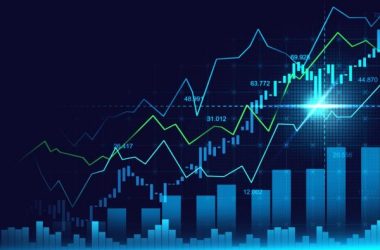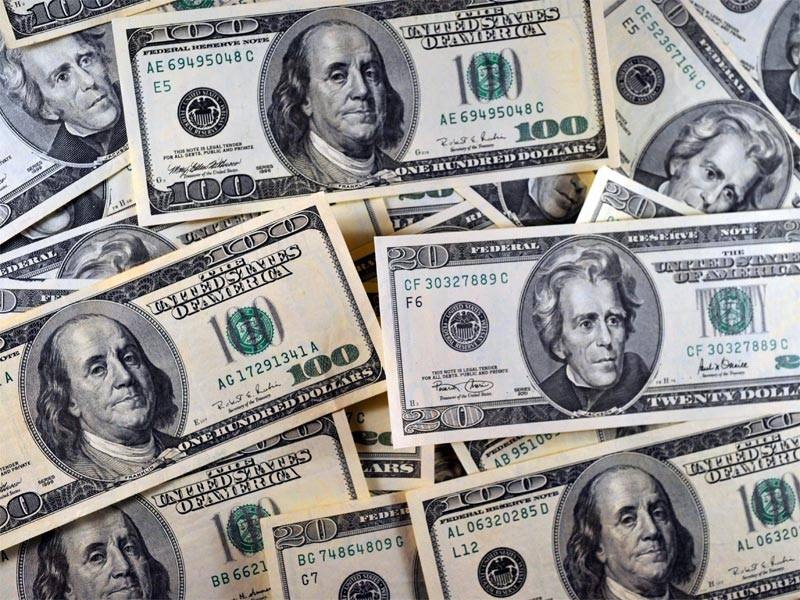There are several ways traders analyze and trade the commodities markets. Some attempt to evaluate the supply and demand components, while others look at macro factors to determine if global events will alter the path of a specific commodity. You can use technical analysis which is the study of past price action, while also evaluating changes in one commodity and how that will affect other commodity prices. Before deciding on how you will trade commodities, it is import to look at many analysis techniques.
Commodities trading can be broken down into a few categories. Oil and petroleum products are the most actively traded commodities. Oil is fungible which means it can be delivered to any location across the globe if the specifications are the same. The most common ways to measure oil is by gravity and sulfur content. Other actively traded commodity products include precious metals such as gold and silver, base metals such as copper and aluminum, as well as grains which include corn and soybeans.
Supply and Demand
When it comes to evaluating petroleum supply and demand, most traders focus on the inventory levels reported by the U.S. Department of Energy. The Energy Information Administration reports inventory levels on a weekly basis. The United States is the largest consumer of oil products, and therefore provide a robust gauge of demand. Nearly every Wednesday the EIA reports its estimate of U.S. supplies and demand, which can alter the direction of oil prices.
The U.S. Department of Agriculture releases similar reports, about the state of U.S. crops, during planting season and the harvest season. The crop reports as well as the planting reports can be market movers for corn, soybeans and wheat. There is also an inventory report for base metals released by the London Metals Exchange.
There is little information about the supply and demand for precious metals. Instead, traders generally focus on the global macro picture. Gold especially, is viewed as a currency, and traded against the U.S. dollar. Gold even has its own interest rate curve which is used when traders are investing in the over the counter gold market. Generally as the U.S. dollar gets stronger, gold prices become weaker.
Macro Events
The global macro picture helps determine the future direction of many commodities. As economies around the globe start to gain traction, the outlook for oil prices can become stronger. Oil also has currency component since the two major global benchmarks for oil are priced in U.S. dollars. WTI (West Texas Intermediate) and Brent are the two most actively traded crude oils, and both are quoted in dollars per barrel. If the value of the dollar rises, the cost in other currencies increases, which means the value of crude oil needs to drop to remain constant in other currencies.
In addition to evaluating commodities using fundamental analysis, many traders use technical analysis which is the study of past price action. Technical analysis can include evaluating support and resistance levels, as well as looking at patterns to decipher the future direction of an asset. Traders can also use statistical studies such as momentum oscillators to evaluate where prices will go.
By using a combination of methods, you can get a feel for were a specific commodity will trend, and give yourself the best opportunities in trading commodities.
















